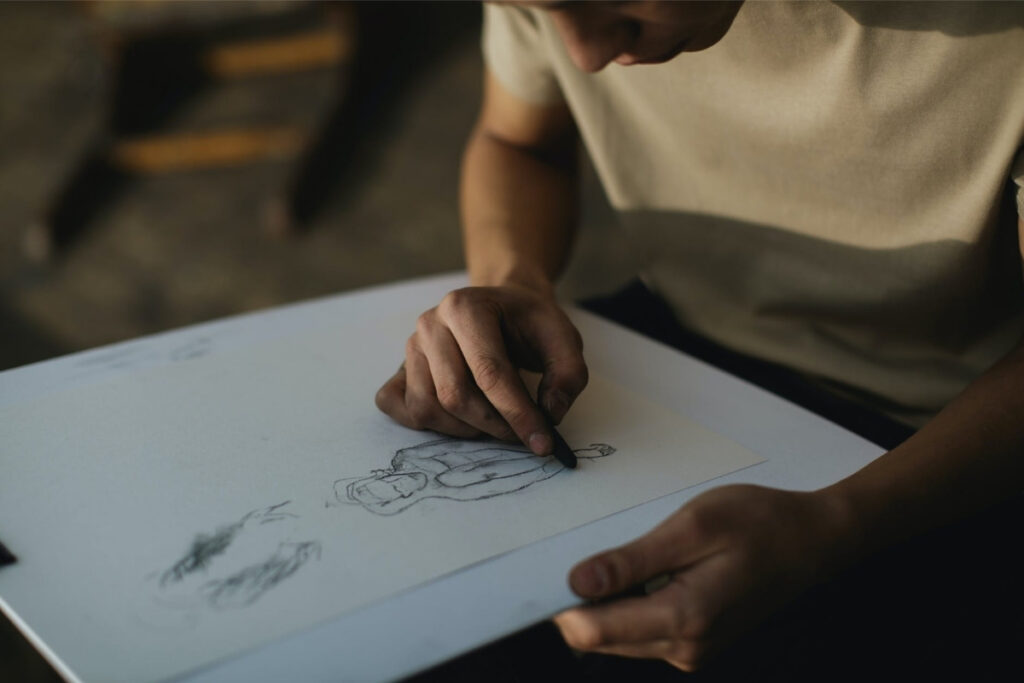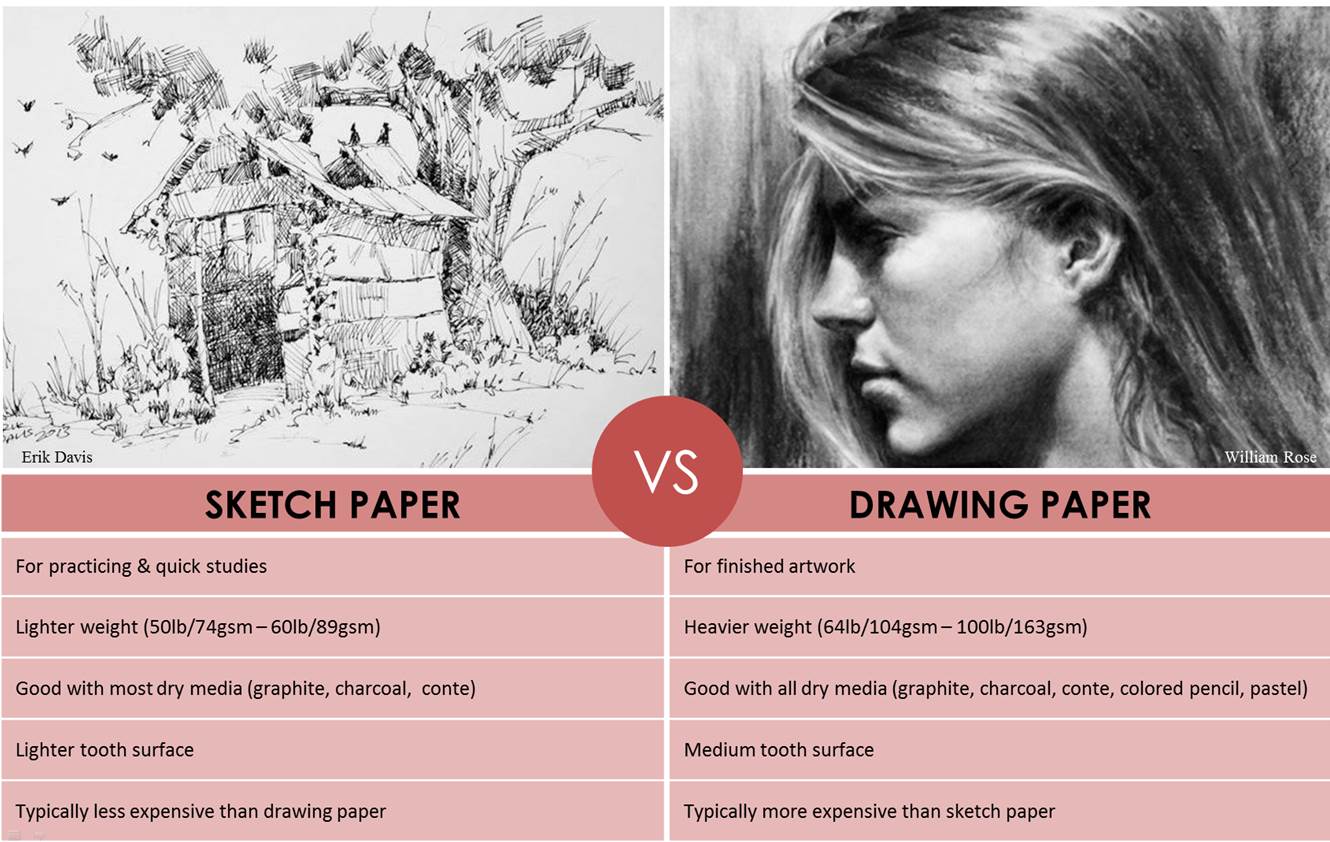Sketch And Drawing Difference
When it comes to sketching and drawing, there are some key differences that are worth exploring. A sketch is typically a quick, rough draft of an idea or composition, whereas a drawing is a more polished and finished piece of artwork. In this post, we'll delve into the differences between sketching and drawing, and offer some tips on how to improve your skills in each area.

One of the biggest differences between sketching and drawing is the level of detail involved. Sketches are often loose and free-flowing, with minimal attention given to details such as shading and texture. They are used primarily as a tool for brainstorming and exploring ideas, rather than creating a polished final product.
Drawings, on the other hand, are much more detailed and refined. They require a greater degree of control and precision, and typically involve the use of shading and texture to create depth and realism. Drawings are often created with a specific goal in mind, such as a portrait or landscape, and are intended as finished works of art.
While sketches and drawings may seem very different at first glance, they actually share many similarities. Both require a strong sense of composition and understanding of form and structure. They also both rely heavily on the use of line, whether it's to outline a shape or show shades and shadows.
If you're interested in improving your skills in either sketching or drawing, here are some tips to help you get started:
Sketching Tips:
- Carry a sketchbook with you at all times, and use it to capture ideas when they strike you
- Practice sketching from life, whether it's people, objects, or scenery
- Experiment with different media, such as charcoal, pen and ink, and colored pencils
- Focus on capturing the essence of a subject, rather than getting bogged down in details
Drawing Tips:
- Start with a strong foundation, such as an underdrawing or framework, to ensure accuracy and proportion
- Use a variety of shading techniques, such as hatching, cross-hatching, and stippling, to add depth and dimension to your work
- Pay attention to lighting and shadow, as they can greatly influence the mood and atmosphere of your piece
- Practice your skills by drawing from life or from reference images, paying close attention to detail and proportion
Whether you're an experienced artist or just starting out, sketching and drawing are both valuable skills to develop. By understanding the differences between the two, and practicing tips and techniques in each area, you can improve your art and create more compelling, expressive works.
How to Improve Your Sketching and Drawing Skills
While everyone has their own unique approach to sketching and drawing, there are some general tips and techniques that can help you improve your skills in both areas. Here are a few suggestions:
1. Practice, Practice, Practice
One of the most effective ways to improve your sketching and drawing skills is simply to practice as much as possible. Make a habit of sketching or drawing every day, even if it's just for a few minutes. Focus on one area at a time, such as shading or perspective, and work on mastering it before moving on to the next.
2. Study Artwork by Others
Take some time to study the works of other artists, both contemporary and historical. Pay attention to their techniques, use of color and composition, and try to incorporate what you learn into your own work. Don't be afraid to copy or imitate their style – this can be a valuable way to learn new skills and develop your own unique voice.
3. Experiment with Different Media
Don't be afraid to try out different mediums and techniques in your sketching and drawing. Experiment with different types of pencils, pens, paints, and other materials, and see how they affect the final result. This can help you discover new ways of expressing yourself and create more interesting and unique works.
4. Join a Community or Group
Consider joining a local art group or online community where you can interact with other artists and get feedback on your work. This can be a great way to stay motivated, learn new skills, and get inspiration for your next project.
5. Take Classes or Workshops
If you're serious about improving your sketching and drawing skills, consider taking classes or workshops from a trained professional. You can find these in-person or online, and they can be invaluable for learning new techniques, getting feedback on your work, and connecting with other artists.
So there you have it – some tips and techniques to help improve your sketching and drawing skills. Whether you're just starting out or you're an experienced artist looking to take your work to the next level, with a little practice and dedication, you can create beautiful, expressive works of art that truly resonate with your viewers.



Post a Comment for "Sketch And Drawing Difference"